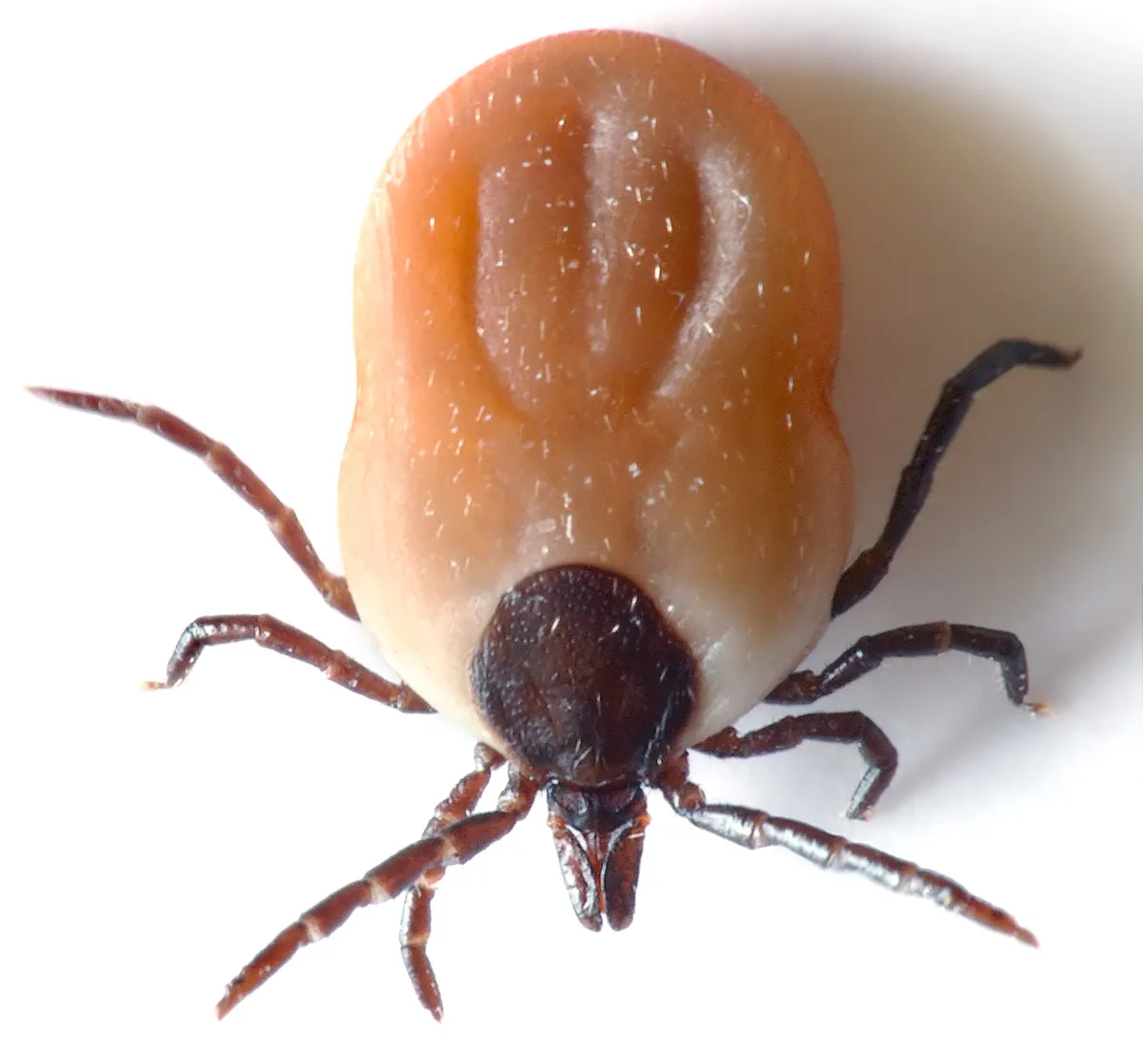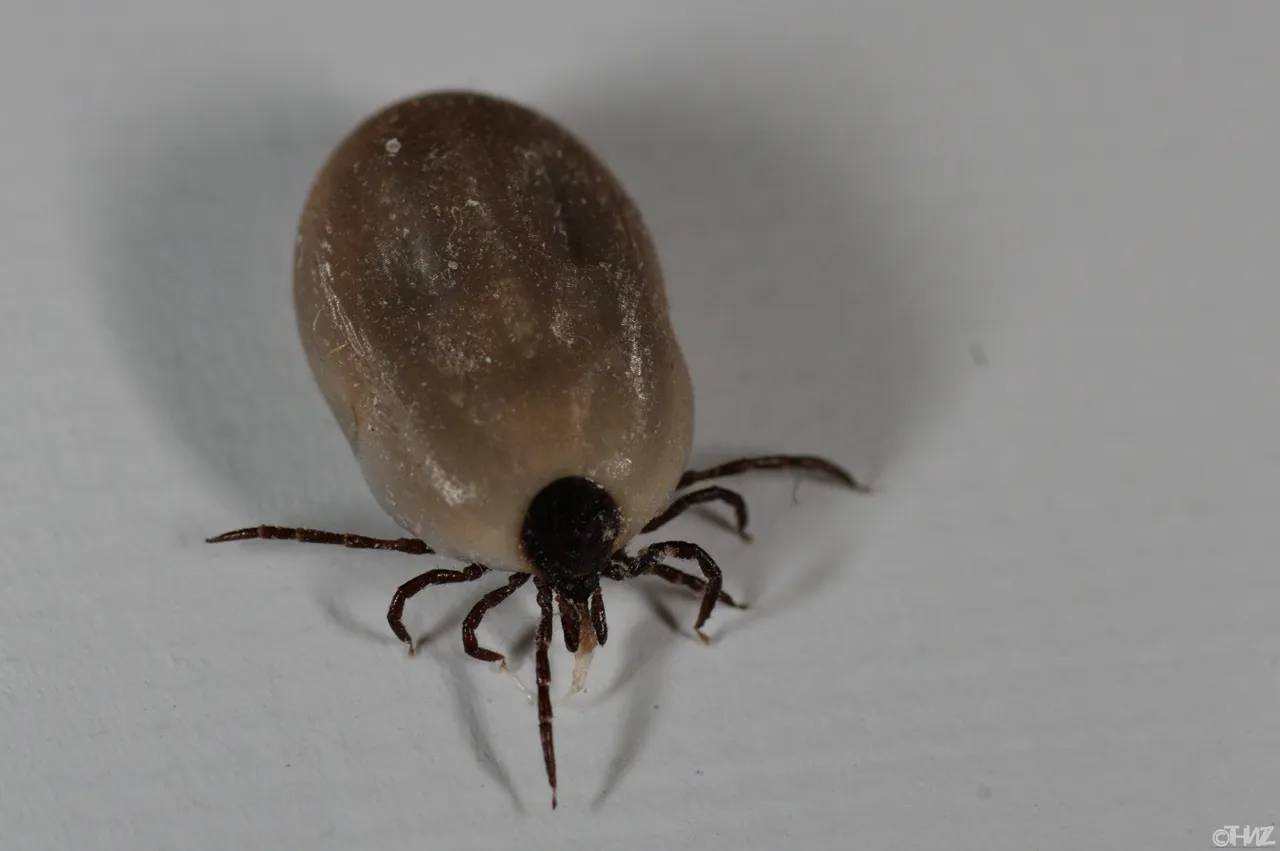Ticks can be very annoying, and this is no news to anyone by now. We do not even want to see them around our homes or our pets, because at least we know they can feed on the blood of our pets and make them frail and sick. However, today I have brought you another piece of information about ticks, which, to me, sounds even more serious than what you thought you knew before.
I would be sharing a little about tick paralysis today, which is a rapidly progressive motor paralysis caused by a certain toxin in the saliva of the tick, which affects the nervous system. The thing about tick paralysis is that it not only affects pets, but it can also attack humans.
Certain species of ticks are known to cause tick paralysis; children are mostly affected in the human category, and some species of other animals are at risk, too. When dogs get affected by tick paralysis, it creates a situation of sudden hind limb paralysis which progresses quickly to other parts of the body of the pup, this way the dog becomes unable to walk, hold up their head, or swallow fully, in serious cases, the pet becomes unable to breath usually because of the paralysis of the diaphragm.
The good thing, however, is that tick paralysis is not very common amongst dogs, and this is because of the widespread use of tick preventives that most dog owners have chosen to use. But, there are certain geographical regions where a higher number of cases are seen, and it is advised that dogs are not allowed to roam carelessly in tall grass or wooded areas, they love to attach themselves to anyone passing by, especially during the warmer months when ticks are mostly active.
Tick paralysis in dogs comes with several symptoms: coughing, difficulty breathing, vomiting, absence of coordination, weakness of the legs, dilated pupils, loss of bladder control, and loss of facial tone. A tick bite has to happen before tick paralysis will happen, and when the species that causes it bites a pet, neurotoxins are transmitted from the saliva of the tick into the bloodstream, leading to muscle loss and paralysis.
Taking out the tick is important for treating tick paralysis in dogs; if the tick is left in the dog's body, it would continue to worsen the condition of the dog. When the dog is removed, reversal of symptoms and rapid improvements will start to happen. Most dogs experiencing tick paralysis will usually require hospitalization so they can get the needed supportive care in the form of intravenous fluids, anti-nausea medications, oxygen therapy, warming blankets, and other forms of medications that can help.
With all ticks removed, recovery can happen within 24-72 hours. It is, however, important that stress and anxiety are greatly limited during this period; this is another reason why hospitalization is strongly suggested. There is a strong chance that the pet's condition will worsen after the first 24 hours of tick removal, but recovery will begin to happen afterwards with the right treatment.
Recovery is only strongly possible if pets are treated on time, but if the case is left untreated until breathing difficulties occur, then the chances of recovery are often very slim.
In humans, the symptoms of tick paralysis begin to show after the tick has been attached to an individual for 3-7 days or even more. Most patients complain about fatigue and weakness, which further progress to ataxia and ascending paralysis. Muscle pain and irritability are also possibly present.
In humans, just like pets, taking out the tick is the first step to healing. This is accomplished with the use of fine forceps applied close to the skin, with a gentle, steady, upward and outward movement. Prevention is the most appropriate way to avoid tick-borne illnesses in pets, as there is currently no vaccine available to fit into that line. Humans who reside in endemic regions should try to put on protective clothes, especially while walking through high grass and bushes.


